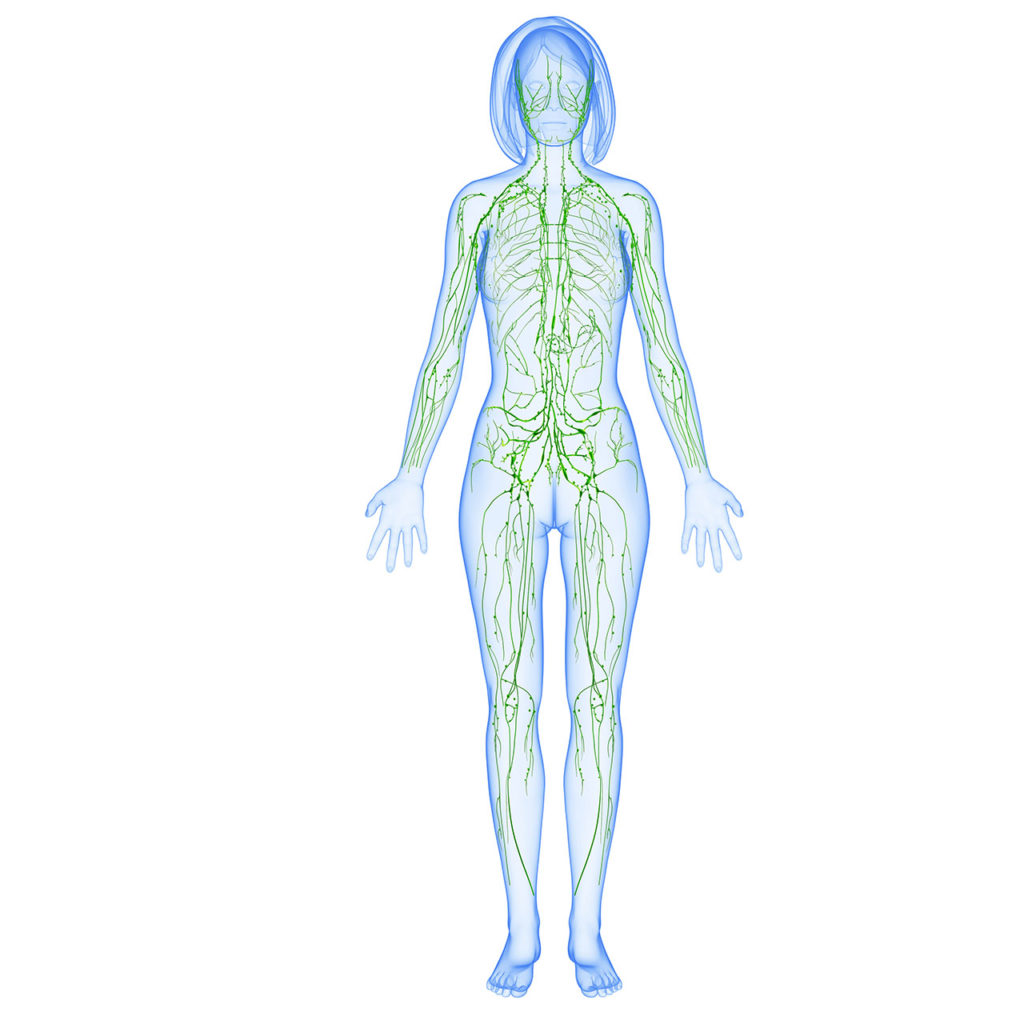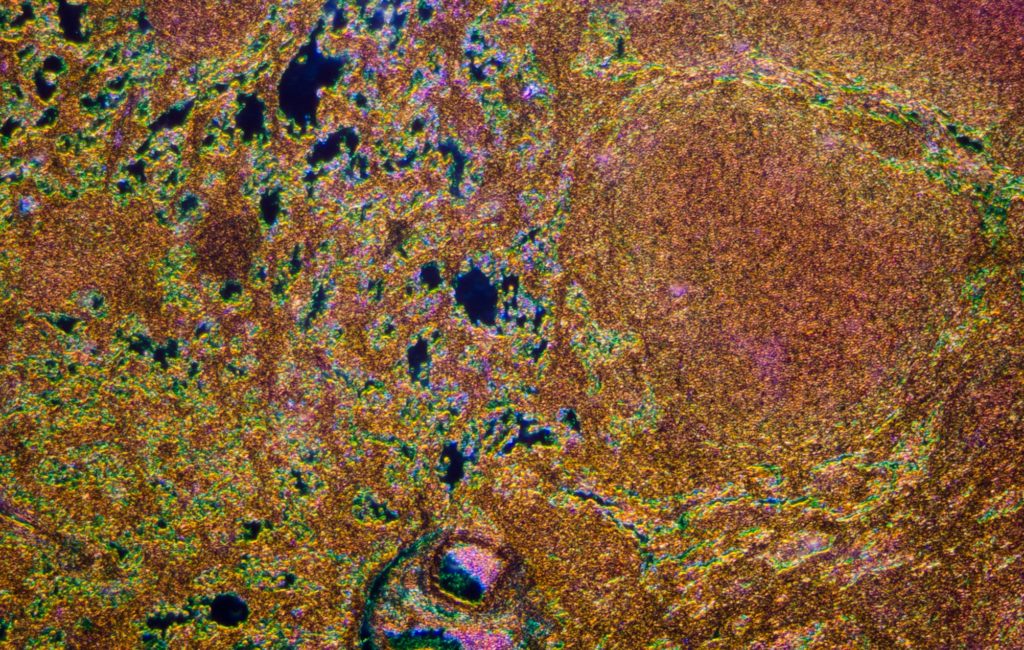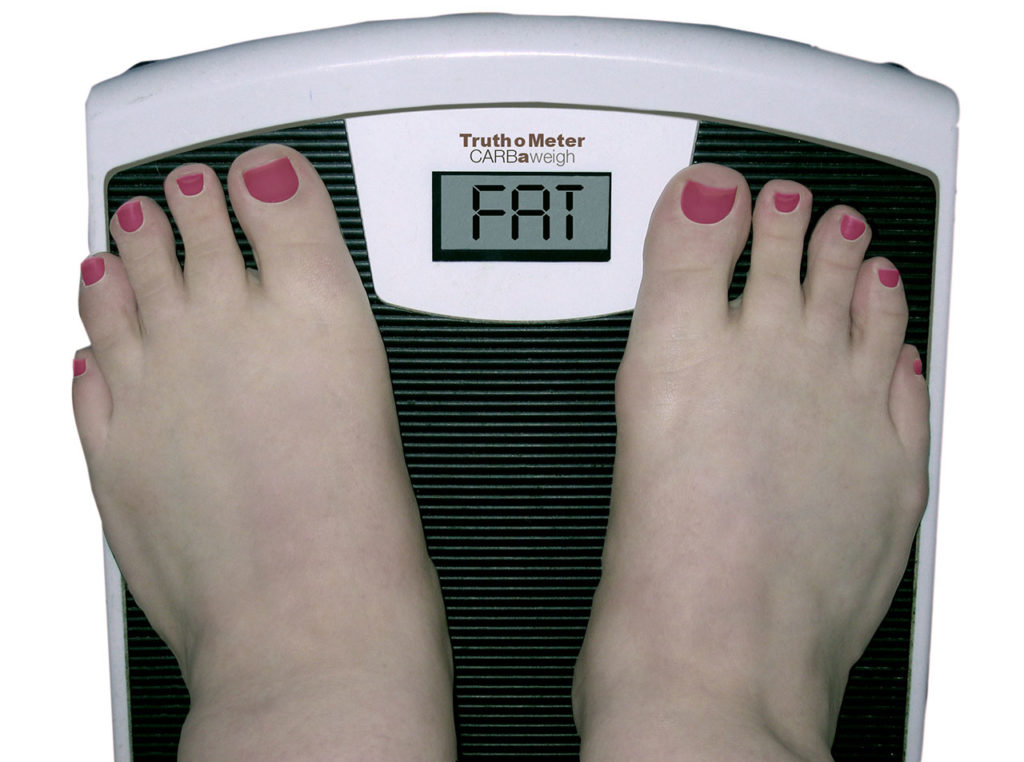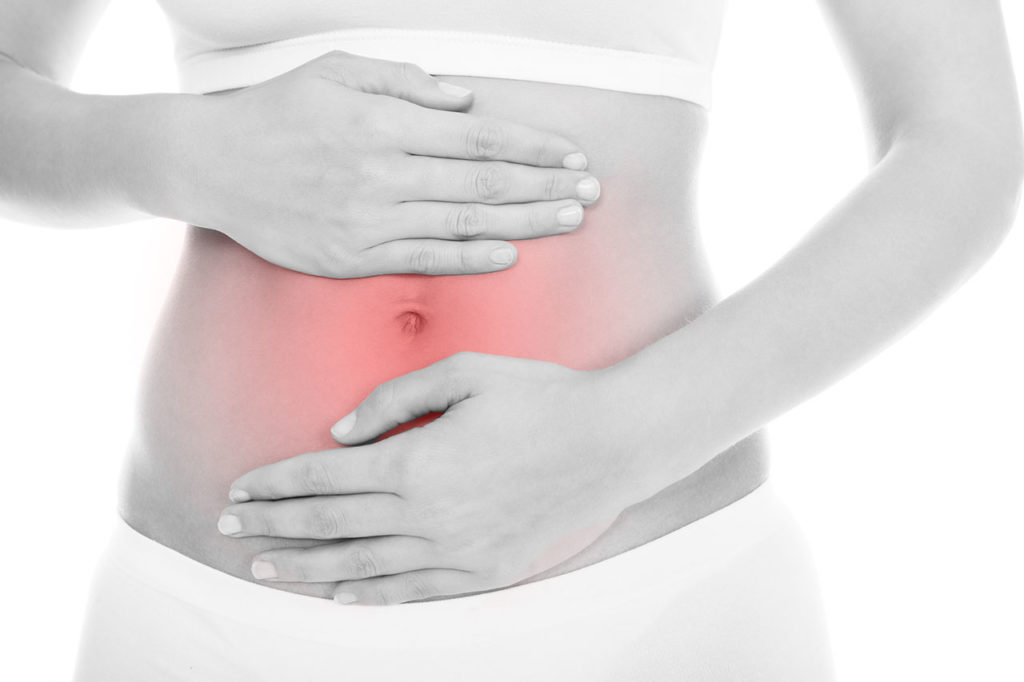
Ever have those days when you feel just a bit “off”, not great, but you can’t figure out why or even exactly what’s off. Maybe you may have a tinge of a headache, or maybe your joints are a little tight or sore…..you may have Ama!
Let’s Start with the Lymphatic System.

The first tissue layer or building block of our body is the lymphatic system. Our lymphatic system is a combination of vessels, tissues and organs scattered throughout the body, which transports back to the blood any fluids that have escaped from the blood vascular system. It drains excess tissue fluid from the space between the cells; moves wastes out from your skin, drains your intestines, and drains your muscles. Your lymph also controls your immune system as your white blood cells are housed in the lymphatic system. Here’s a cool picture of lymph moving through lymph nodes:

Blood is made from red blood cells and lymphatic fluid or plasma (rasa dhātu). The lymphatic fluid gets separated from the red blood cells in the oxygen/carbon dioxide exchange. It moves throughout the entire body and eventually finds its way back to the lungs where it is reattached to the red blood cells. According to Ayurveda, if your lymphatic system is congested then good quality blood cannot be made. If good quality blood isn’t available, the quality of the muscle, fat, bone, nerves and reproductive fluid will not be of good quality.
This is where ama comes in… What is Ama?

Ama is a toxic substance that impairs bodily and/or mental functions and in the physical state, creates metabolic wastes that circulate in the body, particularly in the lymphatic system (plasma/rasa dhātu). It can be physical, as in undigested, unprocessed and not utilized food particles, or mental, as in any incomplete thought, experience or emotion. Ama can also clog pathways of energy (srotāmsi), causing stagnation and backup. If the highway were srotasmi, and Ama was present, stagnation, like this traffic jam would take place.
What are some signs that you may have an Ama problem?

If you are toxic (have ama), you cannot move the waste out of the body as effectively as needed. Ama may present itself in the body through allergies, headaches, sore throats, sinus congestion, joint pains, holding onto water, rashes, and itchiness in the skin, bloating around your abdomen, breast swelling while menstruating (lymphatic backup), skin breakouts, or weight gain.

Going Dosha On You:
Let’s take this conversation down to the dosha level now. Remember in Ayurveda, we categorize specific tendencies into 3 constitutions or dosha.
Ayurveda defines health to be a state of perfect balance between vata, pitta, and kapha, corresponding to one’s individual Prakruti, and a balance of the seven tissues (dhatus) and the three waste products (malas). When the doshas, dhatus and malas are in proper functional relationship there is a perfect balance of the body, senses, mind and consciousness. There is clarity, happiness, joy, peace, and love. Good, robust agni allows this state of health to manifest. Balanced agni (metabolism) is also the outcome of balanced doshas, dhatus, and malas. At the cellular level, this translates as a perfect balance of ojas (the subtle, positive energy that maintains immunity, strength, integrity, and vitality), tejas (the subtle essence of fire which governs digestion, intelligence, discrimination and of all bodily fire including luminosity, brightness, brilliance, enthusiasm, and passion), and prāna (the vital life force without which life cannot exist and which governs cellular communication, sensory perception, motor responses, and all subtle electrical impulses of the body), and a predominance of sattva (equilibrium, harmony and consciousness, and when predominant in th mind, it gives intelligence, clarity of perception, happiness, and a love for knowledge) in the mind. One’s sense of well-being reflects this inner state of health. Practically speaking the most important aspect is harmony between the doshas, which results from dealing with the physical and emotional factors in one’s life.
There are many reasons why a dosha could go out of balance; ama is one of those reasons. When ama mixes with a dosha it is called Sama dosha. The dosha may or may not be increased, but is affected by qualities of ama. If ama is mixed with vata it creates sama vata, with pitta it creates sama pitta and with kapha, sama kapha.

Sama vata presents itself on the tongue as a blackish, brown film. Constipation, low energy, dry skin, congestion, bloating, pain (pricking, excruciating, or colicky), fatigue and generalized body aches are conditions that may mean there is too much ama in the system. These symptoms seem to increase at dawn and dusk, cloudy or rainy days or by abhyanga (oil massage).

Sama pitta on the tongue is a dark yellow or greenish-gray coating and has a foul smell. It appears heavy, stagnant, coagulated, and thick. Slow agni (metabolism), poor appetite, and acid indigestion are signs of sama pitta. One might also experience a sour and bitter taste in the mouth, nausea, diarrhea, fatigue, fever, rashes and other skin problems. When ama is present in the pitta dosha, it can cause heartburn, by creating inflammation of the stomach lining and esophagus.

Sama kapha shows on the tongue as white and sometimes frothy covering. This ama also has a foul smell and is thick, sticky, cloudy, and stringy. It gets caught in the throat and is even hard to cough out. Sama kapha causes cold, congestion and coughing. It slows agni (metabolism), reduces appetite, and creates fatigue. The lymph nodes may become swollen and tender. A person will feel the need to burp, but cannot.
Doshas that do not have ama present are called Nirāma doshas. Nirāma doshas have their basic properties: Nirāma Vatas are dry (rūksha), cold (shīta), light (laghu), rough (khāra), clear (vishada), mobile (chala) and subtle (sūkshma); Nirāma Pittas are hot (ushna), light (laghu), oily (snigdha), chala (mobile), sharp (tikshna), liquid (drava) and Nirāma kaphas are cold (shīta), oily (snigdha), slimy (shlakshna), dense (sandra), gross (sthūla), cloudy (āvila), sticky (picchila), soft and dull (mrudu), liquid (drava), static (sthira), hard (kāthinya) and heavy (guru).
Our discussion would of course not be complete without looking at the waste products (malas) of the body as they are some of the main ways the body rids itself of ama. The word mala means impurity and is the product that gets produced in the body through the processes of digestion and tissue nutrition. Malas must constantly be moving out of the body as they are produced. Deficiencies or excesses in the production of any mala reflect some disturbance in the particular metabolic process to which the mala is related. Dont worry…I did not include pictures here. You can use your imagination.
Feces with ama (sama feces) sink to the bottom of the toilet as they are heavy, sticky and gluey. They also have a foul smell. Diarrhea, with ama, contains undigested food and sticky mucus even though the stools are liquid.
Sama urine is dark yellow and highly concentrated. It is cloudy with a foul smell. Ama may be present in the urine if when urinating, you feel a burning sensation. The urine may appear lightly stringy and the last drop of urine often stays at the urethra and does not easily fall. Starchy stains on underwear are caused by ama in the dried urine.
Sweat with ama or sama sweat is dark yellow and may stain your clothing under the arms because of the mineral deposits it creates. Sweat may smell bad, like ammonia or sulfur, and can create inching, burning, eczema, dermatitis and psoriasis.
What causes ama?

Environment-In today’s world we all strive to breathe clean air, drink clean water, and eat good healthy food. If we are successful with this intention, our body probably works well. The digestive system metabolizes food properly, the intestinal tract removes waste, the skin detoxifies by means of sweat; and the Lymphatic system, which is a major detoxification pathway moves without blockage; the liver detoxifies chemicals, and kidneys moving urine.
Unfortunately, there are a lot of toxins in our environment. Much of our air is polluted, our drinking water is dirty and soil that used to be pure is exposed to fertilizers, chemicals and other toxins. Many foods are grown and prepared in unclean conditions. Many of us eat most of our meals cooked by someone else. We don’t know who, so we don’t know what intention, if any, has gone into our food preparation. If we are eating in restaurants, we must remember that the price of that food does not directly guarantee that we are eating what we are paying for….however, sometimes it is obvious. Remember restaurants and fast food joints are businesses. The less they spend on the food that they serve us, the more money they make. And even if there are rules and regulations about cleanliness in the kitchen itself, we have all seen the documentaries and news stories of the inspectors finding ungodly things in these kitchens. Besides the cleanliness of restaurants and fast food establishments, to many of the people cooking your food, it is a job. They are probably not that concerned with preparing nourishing food in a loving manner, the way you would cook for your family. When you understand that what you prepare for your family to ingest will create not only their tissues, but also their state of mind, a different intention comes forth and food becomes a powerful energy.

Food-And then there is processed food and GMO’s (genitically modified). For the most part, anything that you buy in a wrapper, can, box, or plastic is processed. You would not find it that way in nature. Anything that has an ingredient list is prepared. If it is not natural, the body doesn’t understand what it is. This is a big reason why Ayurveda does not believe in using microwave ovens. Microwaving food changes the molecular structure of the food and therefore our body (our cellular intelligence) cannot read what it is and therefore cannot digest it. Remember one of the definitions of ama is undigested food.
This ama can cause toxic conditions such as excess weight gain, inflammed and painful joints, and lack of energy. The cell membranes become clogged with toxins and this disturbs cellular intelligence, resulting in poor communication between the cells and even death of the cell. But even food that is fresh and organic may not be able to do any nourishing if it is unable to be absorbed into the tissues. This could happen if one eats the wrong food for the dosha, eats too much food, or even if one is not mindful while eatting. These are all reasons for non-digestion or poor digestion and therefore could block important pathways with ama.
Ama also creates wrong kinds of cravings that should not be satisfied. For instance excess kapha in the lymphatic system may cause one to crave sweets and dairy products, or in other words create more kapha. These cravings are caused from a kapha type ama.
Stress-Stress creates ama as it may keep you from digesting thoughts, feelings, and emotions. It also plays a roll in storing fat, craving sugar and not letting go of the fat and toxins to be burned. Also when the body is under stress, it delivers toxic hormones to fight the stress. The waste products of those hormones are called free radicals. These are very dangerous as the can scramble the structure of proteins, fats and nucleic acids in the body. When free radicals are present, one of the things that happens is that the body becomes very acidic and will not let the lymph system drain the waste out.
So how do you get rid of ama?
Changing some poor habits, those that created the ama in the first place, is a good start. But getting rid of ama is not easy and may require a “cleanse”. I will attempt to tackle that subject in an upcoming blog. Stay tuned. A “Spring cleanse” is just around the corner.
Until next time…
